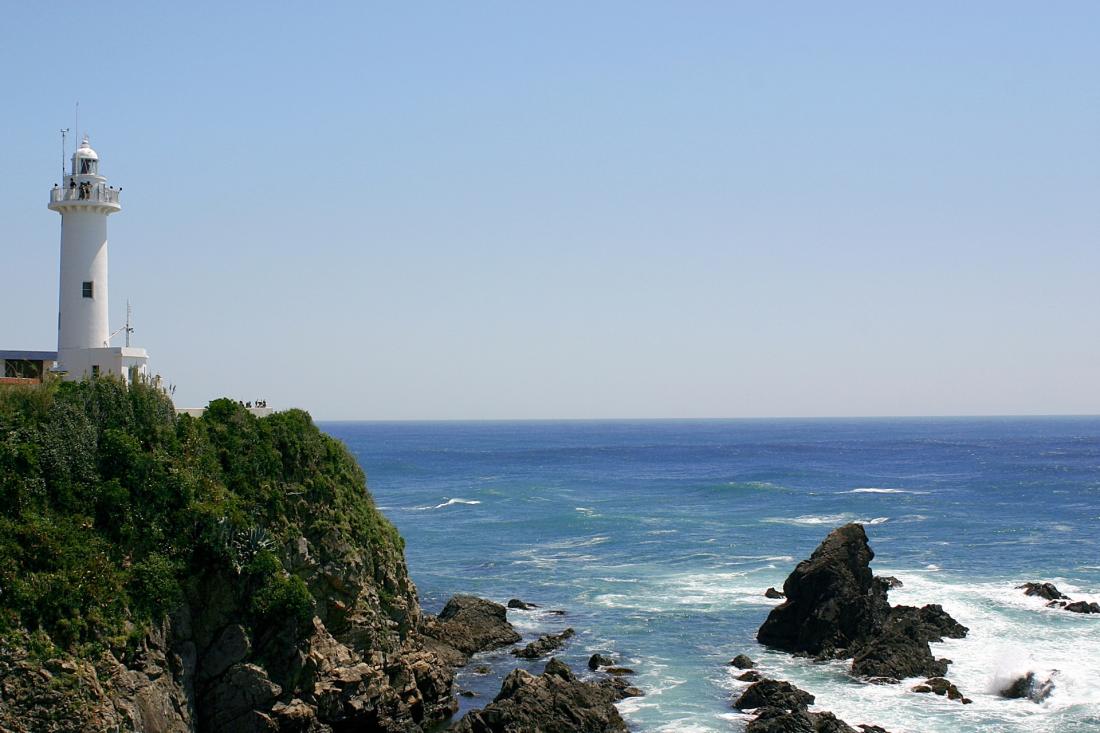
エグゼクティブコーチングと高品質な英会話教室ならKADONA
リーダー育成コーチング&オンライン英会話

HOME ≫ English Page
The real people in Japan
Shikahama Nature Observation Society “NORAEMON”
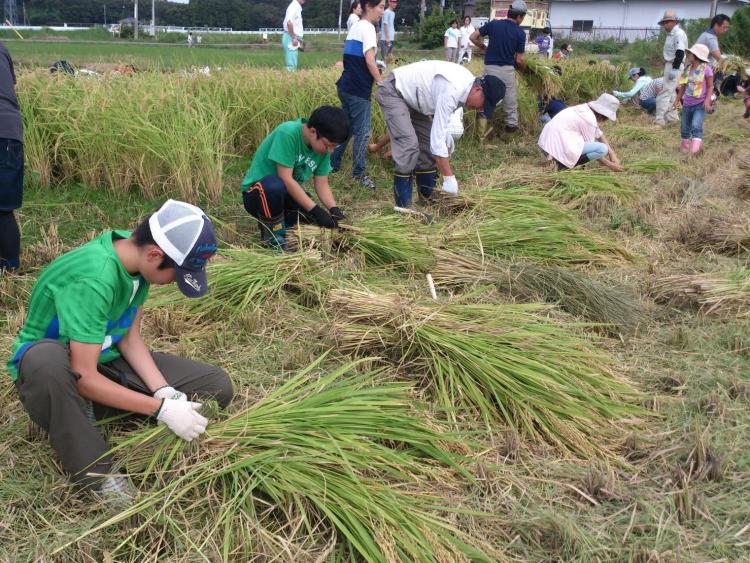
Shikahama Nature Observation Society “NORAEMON”
Representative Mr. Toshio Furutaka
There are children who are far away from the nature in the urban life. What
made you to start your activity as a society?
Throughout my teaching career, I strongly felt the activity of touching the
nature was very important but not just looking at the surface through the
video or printed word. I have joined the local nature observation group and
I wanted to do something with using this experience. There is a word called
“Satochi Satoyama” (undeveloped woodland near the populated area). When
people get back to their hometown, people bring back agricultural products
as for the souvenir. These vegetable and rice are produced in their hometown
where is called “satochi satoyama”. We want people to pay attention to this
area more and want them to realize this area is such an important place. In
order to send this message, we opened the field in Fujiwara, Minakami-town.
At the end of each activity, all the children write their sentiments. One of
the girls wrote “the wind felt so good” and this is the exact image of our
organization. For the first couple of times, there are children who carry
their portable games to the activity, but there are none of them to do this
now. The senior children guide the new children very well. The communication
between each child works better than with adults and the atmosphere becomes
more comfortable.
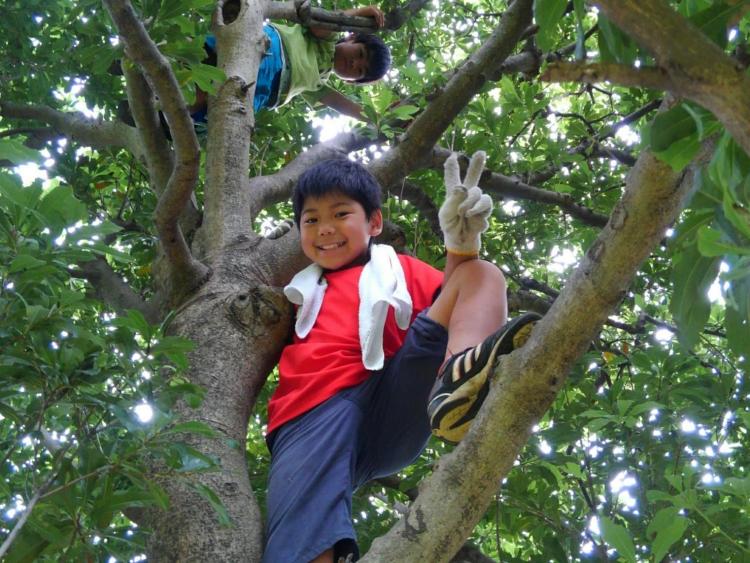
What are the thoughts of parents?
Most of the parents want to join and learn the activities together with
children. We do not ask parents just to send their kids to the activities.
We want them to join and learn with the kids. The conversation of the
parents and children will work in both directions throughout the common
activity. This is not the nursery school where parents just pay some fee to
leave children in the facility but this is a place both parents and children
join participatory class together.
Are there any children who have changed throughout the activities?
There is a child who can take a leadership compare to before. He used to be a truant student. But he joined our activity positively. His parents took him to our organization first, but it had been changed. He can consider and understand how other children feel. Other children rely on him as well. I guess this is the place and time where he can show his feeling honestly and he can feel relaxed. There used to be the borders between each school, but there is none now.
We have a field in Fujiwara, Minakami-town, and there are many children who
have different background. But they instantly get along together. The
children who have difficulty expressing themselves and the truant children
can get along together because the nature can be a mediator. We sit around
the open hearth in the old folk house. We share very simple meal like just
white rice and miso soup. We greet to the meal and enjoy the conversation.
We wanted to contribute to the local area, so we tried local production for
local consumption last year.
There is a child who did not come out to the ski trail for the first three years at the ski class. After the three years, he came out to the ski trail himself and enjoyed skiing. As the participants have changed and found their own place to stay, so maybe he felt safe. His personality became brighter and he can receive something with wide open mind. He can join the activity in a positive manner.
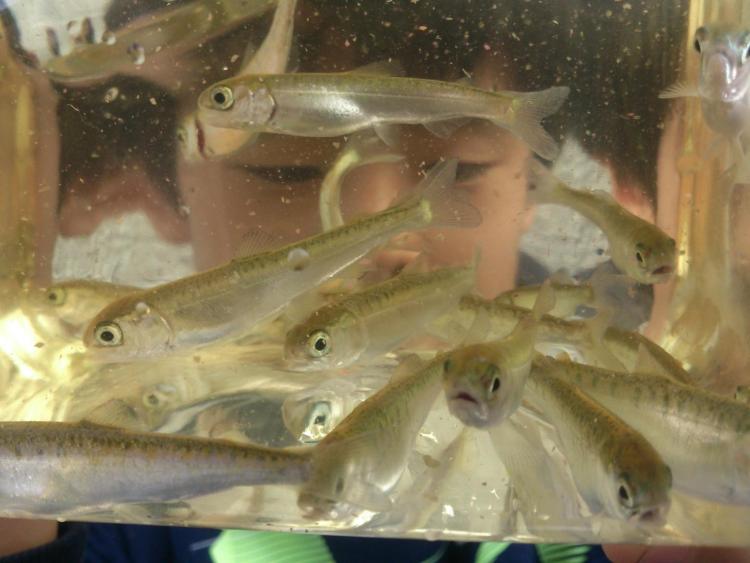
What is it like in the actual activity?
We do rice planting, crop paddy, and make a straw festoon every year. We want children to know how the rice is cultivated since we eat rice every day. There are many of the teachers from the nursery schools and kindergartens to attend. They bring back some rice seedling and cultivate at their schools. And at the end of the year, we make a straw festoon and this activity is the most popular among the year. There were about 130 people to attend in 2016. As for the paddy field experience, farmers at Joso-city, Ibaraki cooperates us.
We also breed some insects and fish. There are beetles in April, silk worms
in May, and salmon in December. We hand out these creatures to the children
in the kindergarten, nursery school, and elementary school as well as the
members , and all the children seem very happy.
We visit the old folk house in April, July, and October. Last summer, there were about 30 people who stayed in there for an overnight. We had a great talk around the open hearth.
Two years ago, we climbed Mt. Fuji together with 24 members. As through
accumulating these experiences of dealing the nature, stuff and member can
see the next vision. We try to take in these wishes as much as possible.
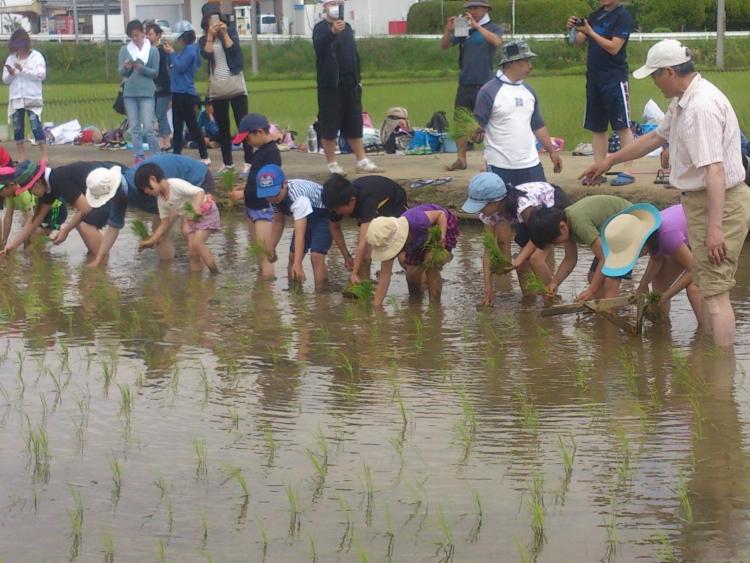
Who would you like to participate in your activities?
As long as someone has a passion for the nature, I recommend to step into
our world. It is not to receive something but to create together with stuff
and children.
We keep in mind to experience the real nature. Let’s look, listen, and touch
the real nature together with us!
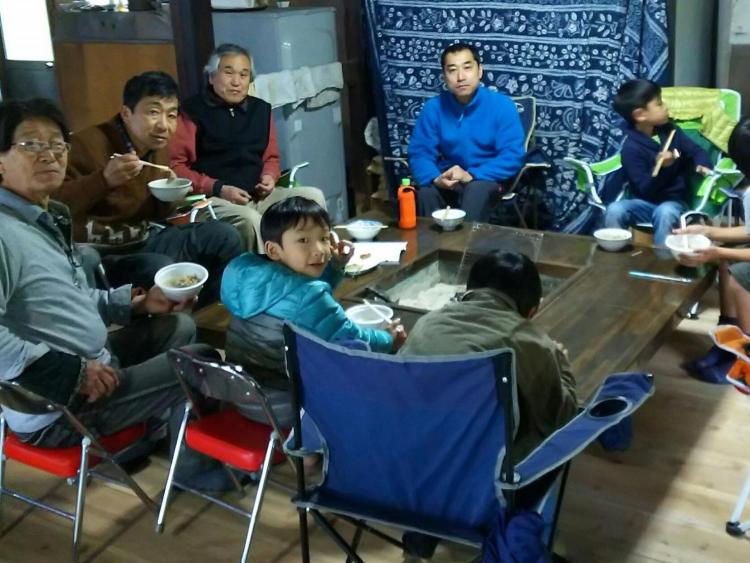
What do you wish for the children who live in the future?
I would be happy to see the children who want to work in the primary
industry. I want them to hold a value in the primary industry. People say it
is the mature society, but the core part of the society is always “the place
where people can eat meal safely as usual”. Therefore, the peaceful time of
maintaining the same life every day is the most important thing. To maintain
the peaceful time for a long time, people have to realize that the
foundation is located in the agriculture, the forestry industry, and the
fisheries industry. There is a life in the center, and all the societies are
around it. This is the entire image of our world.
Welfare Select Shop “Iseya”
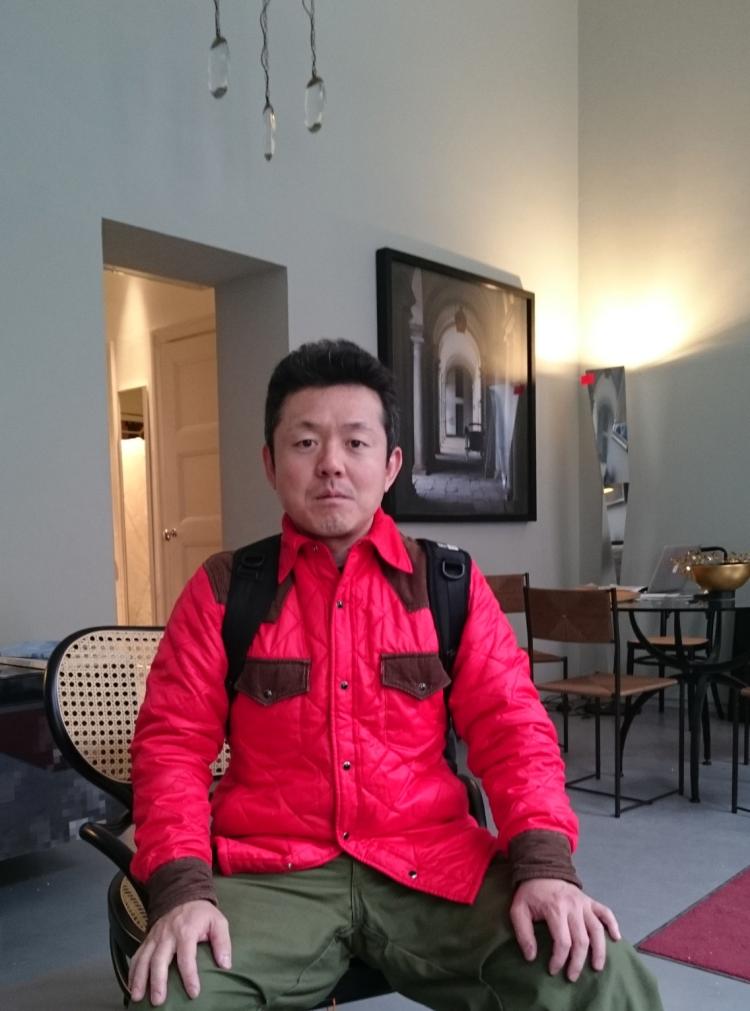
For example, there is a project called “Stop the Disaster of a Fall!”, which is a higher-grade proposal related to barrier-free. I have a strength in proposals from the multiple perspective like a walking stick, a wheelchair, and a mobility scooter. I try not to overlook even a small point, and all the proposals should be based on the theoretical foundation.
Artist Mr. Shun Ogue
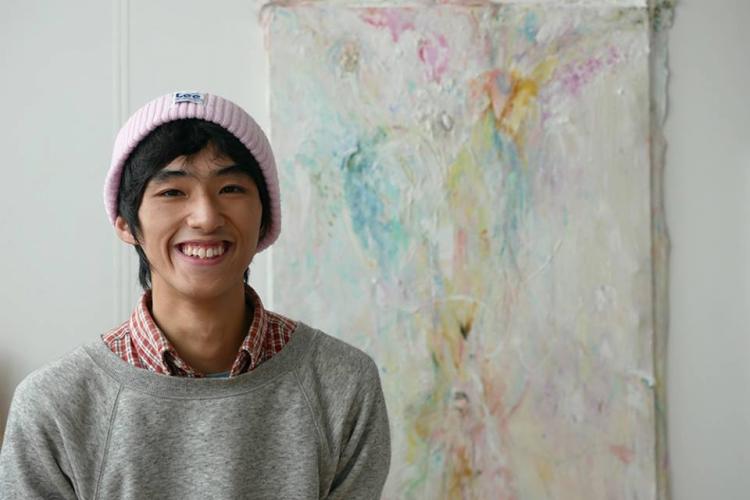
Can you tell me the background story majoring in oil painting at Tokyo University of the Art?
Both of my parents worked for the field related to design and I was strongly influenced by them. I loved drawing when I was a child, and I have joined the drawing class since I was in the kindergarten. Later, I joined the LEGO class and made an electric motor car. This class taught me engineering knowledge. Since I grew up actually touching a lot of different things with my hands but not going to the museums just to see the arts, the person who influenced me the most was Mr. Wakuwaku by NHK.
When I was at the art prep school before attending the undergrad, they taught me a sense of creating a space realistically. This sense did not match to my sense exactly. I learned oil painting later, and there was something that fits into my sense because of its liberal texture and subject matter. It is not drawing a thing but making an expression of picture plane, so it is a lot closer to the sense of communication with a painting.
http://kadona-international.blogspot.jp/2016/11/artist-mr.html
Nishio Glass Mirror Co., Ltd.
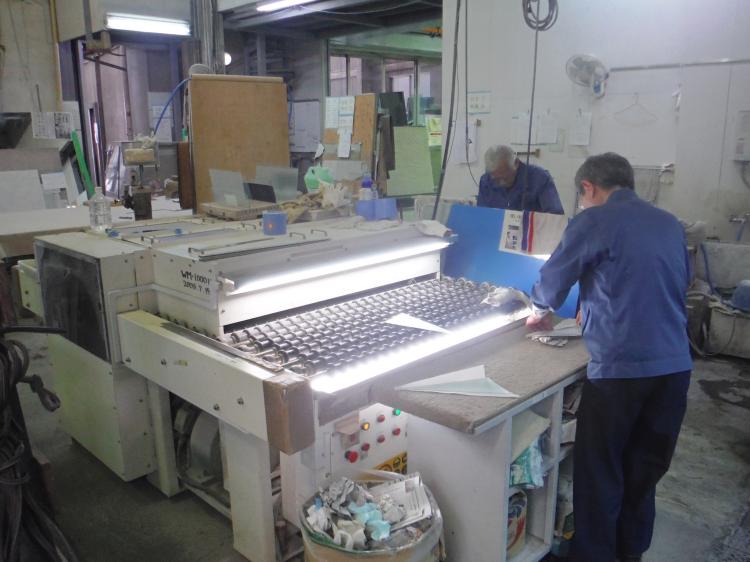
There is a company which processes glass for the luxury brand shops and department stores located in the main street of Ginza, Tokyo. I came to interview Mr. Nishio who leads a group of proficient workmen.
I have read that you started your journey in 1932 as a mirror manufacturing plant, and the business has been expanded into the processing and handling the glass and mirrors for shops and other commercial facilities. Would you tell me how has the glass and mirror industry changed as the time goes by?
Next year is our 85th
anniversary and I am the third generation. The primary director, my
grandfather, is originally from Mie prefecture. He went for a training
in glass the plant located in Asakusa when he was 12. The mirror in the
plant was very dirty and he was disappointed about it especially after
seeing beautiful Fuji mountain. He wanted to make more beautiful mirror,
and this feeling was the beginning of our journey. He learned about
mirror manufacturing through the books and started a small plant with
four members in 1932. At that time, mirror was a symbol of luxury, and
he just wanted to make something beautiful so that he can please his
clients.
To read more, please click the following link;
http://kadona-international.blogspot.jp/2016/11/nishioglass-mirror-co.html
Art Gallery Space “kokonoka”
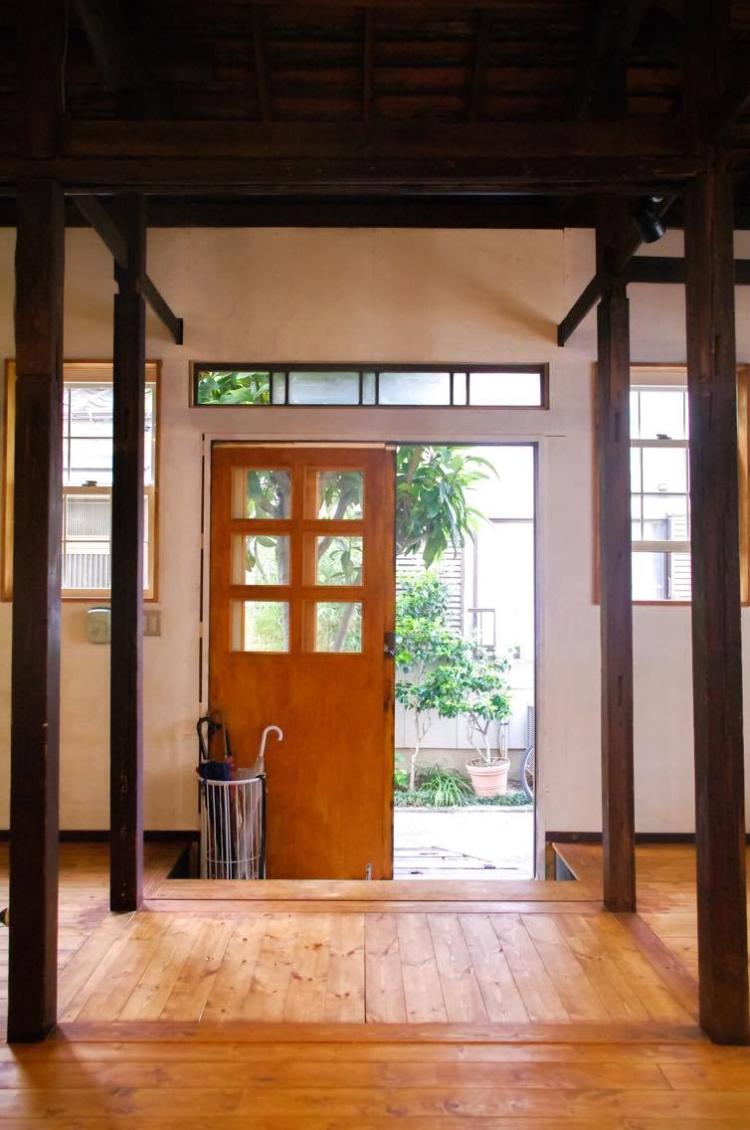
There is a student community which uses a renovated old folk house for the art exhibition space in Kitasenju, Tokyo. While utilization of the old folk house becomes a fad, what feeling do the students related to this project have? What effect does this art space have as through the exhibition of art?
Why did you decide to run “kokonoka”?
There were three to four members at the beginning and one of the renovation associations invited them to run a gallery. They sent messages through LINE to the art students in different schools and gathered 13 students in total.
We started preparing for the opening in April. We had to pay our running fee from individual budgets at the beginning, but now, there are enough fund from the people who want to exhibit arts in “kokonoka”. This old folk house has 75 years of history, and we try to take advantage of old house architecture for the art exhibition space.
Most
of the galleries are very expensive in Tokyo and students have a hard
time using them. We would like to rent a space with a reasonable price
for the students so that they can exhibit art or hold some events. We
also want to create a close connection with local people. Therefore, we
introduced the local culture of Kitasenju after taking all the photos of
public baths by ourselves.
If you would like to read more, please click the following link;
http://kadona-international.blogspot.jp/2016/10/art-gallery-space-kokonoka-there-is.html
Feel Limited.
Mr. Kodai Kawai
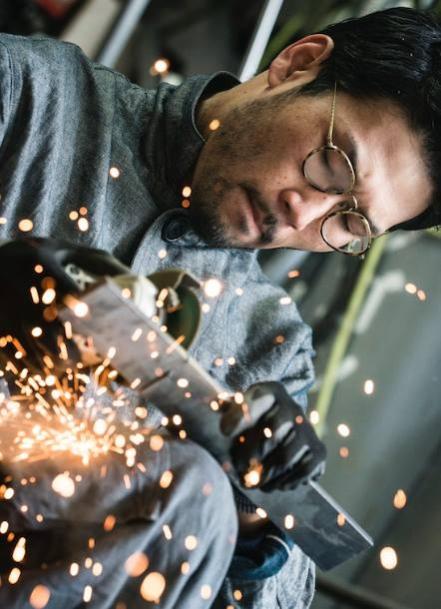
When I saw you at the very first time, you were in the middle of making a logo for one of the companies with some metallic materials. The powerful piece and your concentration for work caught my eyes. What brought you to the world of ironmongery?
My father established the ironmongery company called “Feel Ltd.” and this is the 11th term. I joined them five years ago. We handle custom order metal products for the apparel companies and restaurants, and we also handle ready made products like keys and hinges. Since we were on the position of broker at the beginning, we did not manufacture ourselves or attach products at the field. But ever since I joined them, we started these services as well.
To read more, please click the following link;
http://kadona-international.blogspot.jp/2016/10/feel-limited.html
Minna Ishio no Ippo & Ippo
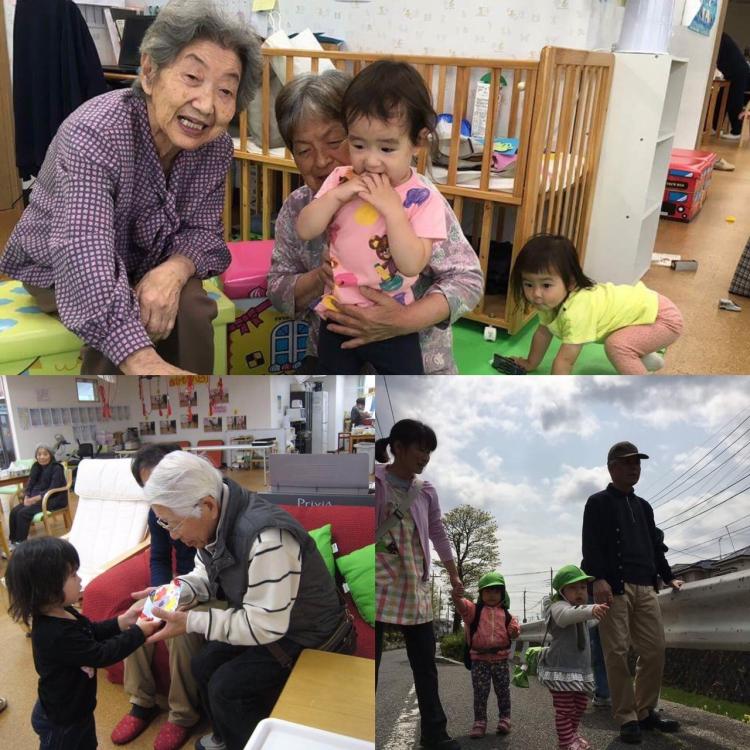
Special Report
Multigeneration intercommunication day service facility & nursery school
“Minna Ishio no Ippo & Ippo” (first step for everyone)
One of my great friends opened a complex facility of day service and nursery school in Ageo city, Saitama. What is it like in the actual facility which solves the most serious issue in Japan regarding aging population and lacking of nursery school? What is happening in the communication of elderly people and children? I went there to see with my eyes and summarized as follows.
To read more, please click the following link;
http://kadona-international.blogspot.jp/2016/10/special-report-multigeneration.html
AMAZING DESIGN Corporation
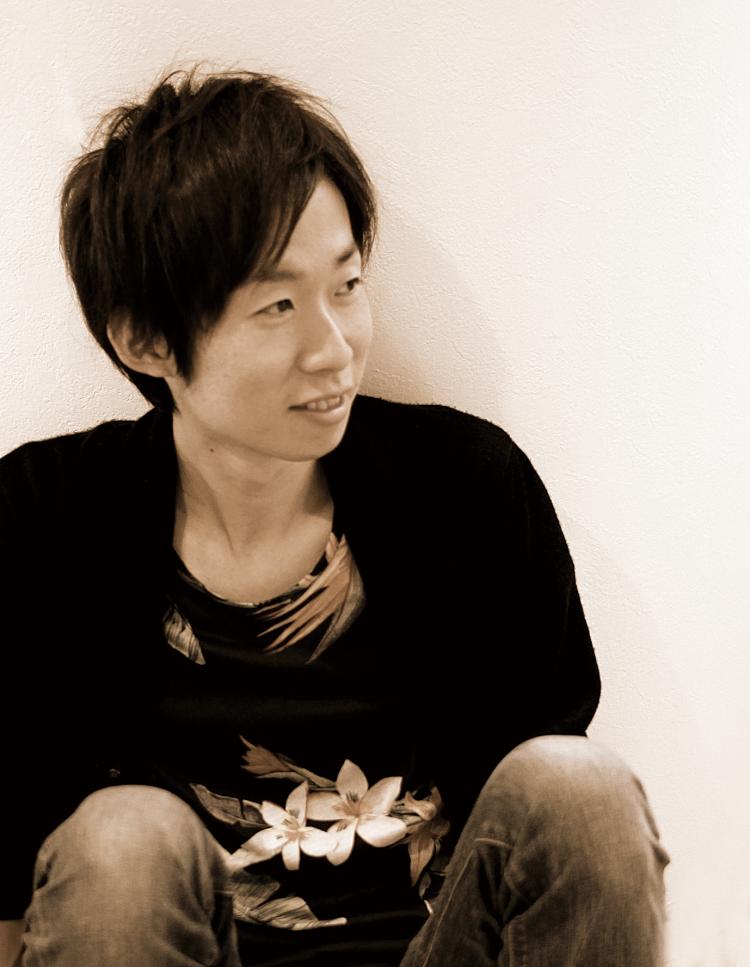
AMAZING DESIGN Corporation
CEO Mr. Yuji Tsukamoto
I
came here today to interview Mr. Tsukamoto who designs logos, maps,
posters, and guidebooks of Adachi-ku, Tokyo which we often see around in
our daily life. He also designs music class books of elementary school.
Because of his arts, many children and adults who forgot excitement
take back their smiles.
When I got your business card at the first time, there was a word that you were a musician before. I was wondering how you have sifted to a designer from a musician. Can you tell me your story about this?
I was playing music but it did not go as I expected. I decided to quit a musician and find a job when I was 26 because of the marriage. Since I had never worked for the companies, my options were only limited to the inexperienced person boxes. Then I applied for a creator on website position at the IT company. I had never used PCs and only had a portfolio from the college when I majored in design. The interviewers told me, “You are not qualified for this job since you have no skill for the PC.”
Then, the manager came to see how our interview goes. He told me, “As long as you can draw, PC skills are unnecessary.” He hired me on site. If this timing had gone wrong, my door for design would have been kept closed. Therefore, I sincerely appreciate for this encounter.
To read more, please click the following link;
http://kadona-international.blogspot.jp/2016/10/amazing-design-corporation-ceo-mr.html
Sen Nin Butsu Project
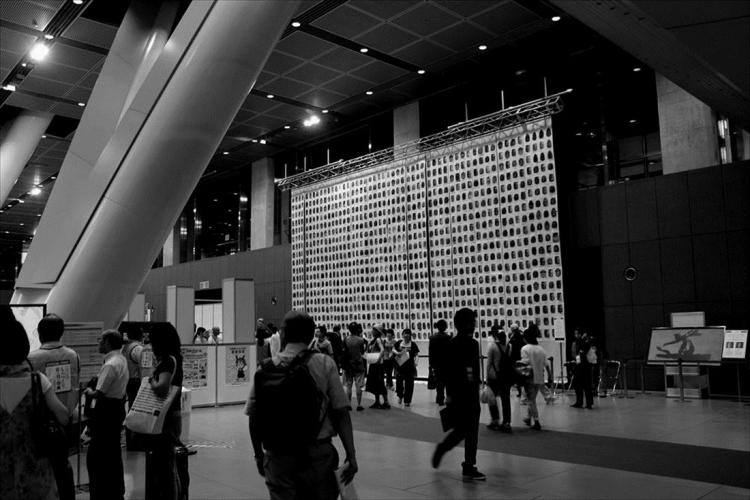
Art School “LUKANOSE”
Sen Nin Butsu (Millenary Buddha) Project
Representative Mr. Renji Misugi
*This article is not related to a religious organization.
I have met a great piece of art aggregated many Buddha images at Tokyo International Forum exhibition, and it was definitely sending me an irresistible power and some kind of message. Sen Nin Butsu (Millenary Buddha) Project is the art project that aggregates a thousand pieces of Buddha drawings from people in earthquake-stricken region. I interviewed the central figure who organizes this big project.
What is Sen Nin Butsu (Millenary Buddha) Project?
We, as artists, visit temporary housings in
the region suffered from Great East Japan Earthquake continuously and
instruct the people how to draw a Buddha in order to heal their hearts.
We aim to gather a thousand pieces of Buddha charcoal drawings which
were drawn by people in the earthquake-stricken region. This art will be
exhibited in the museums so that it will be a symbol of contemporary
Buddha in order to pass down the earthquake disaster in future ages.
This is a contemporary art project which all the people in the
earthquake-stricken region share the significant goal of “reconstruction
of heart”.
To read more, please click the following lik;
http://kadona-international.blogspot.jp/2016/09/art-schoollukanose-sen-nin-butsu.html
LIEN Corporation
CEO Ms. Akiko Wakagi
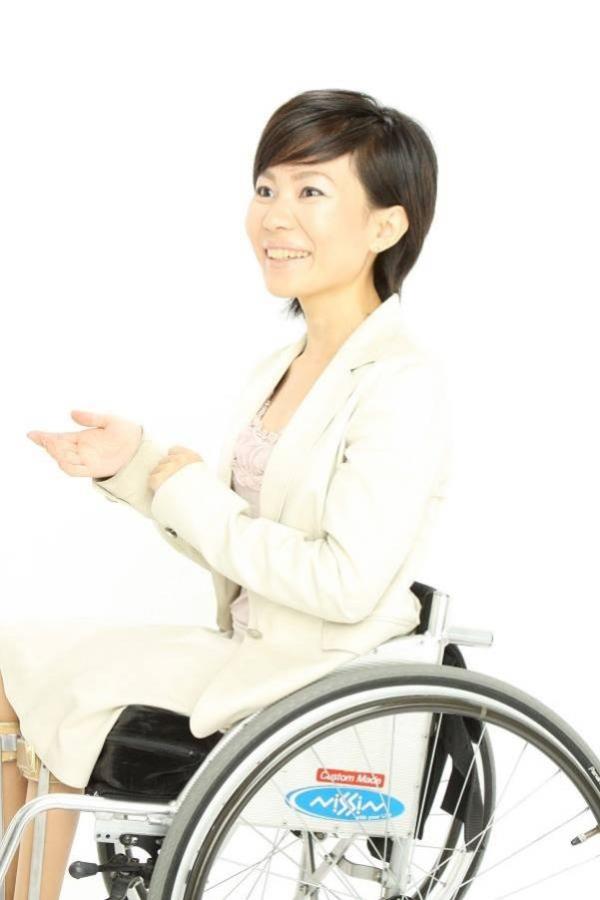
LIEN Corporation
CEO Ms. Akiko Wakagi
Would you mind if I ask you how you have started your life on a wheelchair?
I have been on a wheelchair since I was seven. We were climbing up a wall made with blocks with other children one day. When I stepped on the wall, those blocks fell over me. It was an unexpected accident, and this wheelchair life has been already 30 years.
That is a very shocking accident. Would you tell me your life after school?
I started working for general & human affairs department in one of the enterprises through the employment of person with disabilities. My theme was “What does it mean by working with disabilities?” in this era. I wanted to show “I can work like a full-fledged person”, but not “I cannot work because I am a disability person”. General enterprises tend to choose the assignment appropriate for the disability person, but I was not satisfied with the assignment they chose. Because I am completely normal except my feet. I was not happy about this as if they judge my work ability in a unilateral way without hearing from me directly.
To read more, please click the following link;
http://kadona-international.blogspot.jp/2016/09/liencorporation-ceo-ms.html
モバイルサイト

株式会社KADONAモバイルサイトへはこちらのQRコードからどうぞ!

